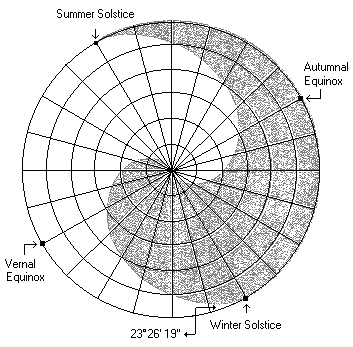The last weekend in March I will be presenting a workshop at the
Home Grown Institute Conference.
The conference will be held at Springside Chestnut Hill Academy, in NW Philadelphia with the theme "Springing Good Intentions Into Action.” There will be over 50 home-scaled workshops, including edible gardens, community and school gardens, seed-saving, soil enrichment, 4 season harvest, bees, chickens, worms,
aquaponics, food preservation, fermentation, re-purposing, upcycling, and natural building.
Lots of fun!
I'll be putting on the aquaponics workshop, demonstrating the construction of three different systems:
- An aquaponic windowfarm, using recycled water bottles
- A apartment/patio system
- An outdoor system using stock tanks
All the systems I'm demonstrating emphasize putting together something relatively nice-looking out of local parts on a budget. In my own aquaponics journey, I went straight from a windowfarm to a system made from stock tanks. But I can imagine many people would want to start with something in between. So I've been playing...
First, structure. I like the look of wire shelving. But heavy-duty wire shelves can put you back a pretty penny. Luckily, Target carries a small
three-tiered set of wire shelves for just $19.99 as part of their Room Essentials line. The shelves can carry a moderate load, particularly if the load is evenly distributed, such as would be the case with the flat bottom of a fish tank, or a flat bottomed grow bed.
Second, the fish tank. I'm fine with a 5-gallon water jug, but my daughter really liked the idea of an actual fish tank, where you could clearly see the fish inside. I was happy to find a
10-gallon tank at PetSmart for under $14.00. That would work just fine for a tank located under the growbed with a pump inside. Or I could cut a 1" hole near the top with a diamond hole saw if I wanted to have a "Constant Height of Fish Tank" configuration with a pump in a sump tank.
Finally, the growbed and sump. I've used
concrete mixing tubs in the past, at least for a grow bed. But TC Lynx over at the Aquaponics Gardening community mentioned that she uses bus tubs for a demonstration system she packs along when she's selling her wares at the farmers market. Bus tubs are sturdy, designed to carry a load of dirty dishes from a table to the dish-washing part of a restaurant kitchen. They are also compact enough that they're still luggable, even when filled with gravel. I was able to find
7" deep bus tubs online from a variety of sellers. I decided to get three: one for a sump, a second for a media growbed, and a third for a floating raft grow bed.
There are other configurations I can imagine, but this is simple to put together without putting much strain on the family budget.






































